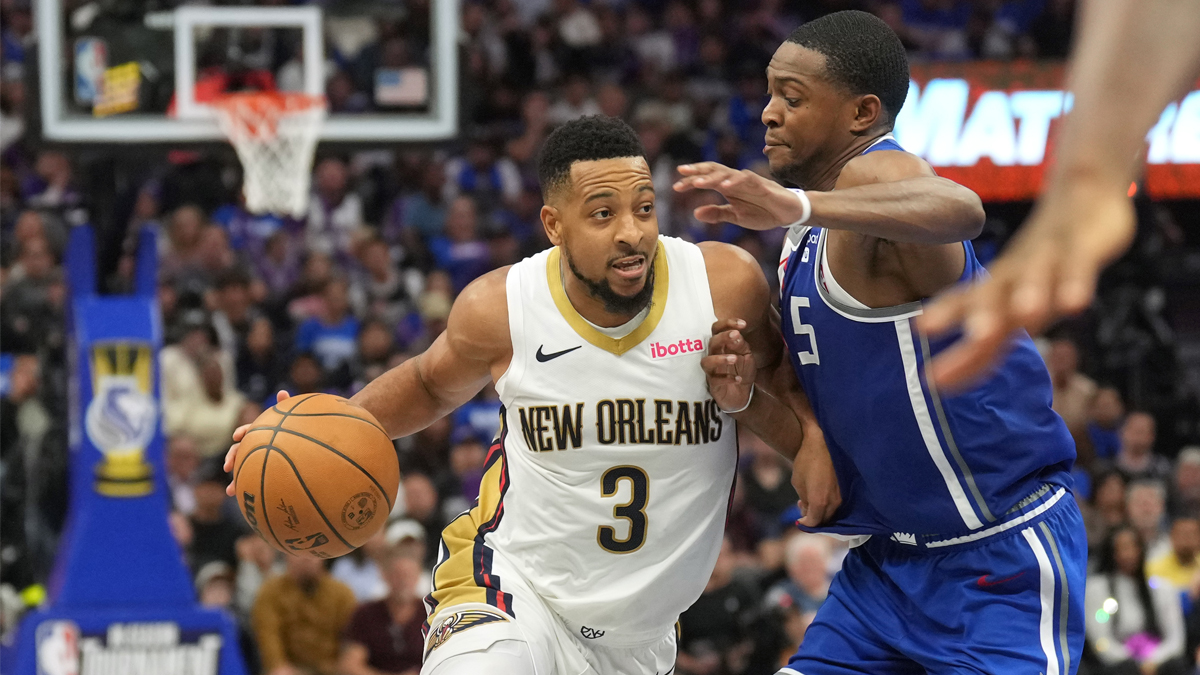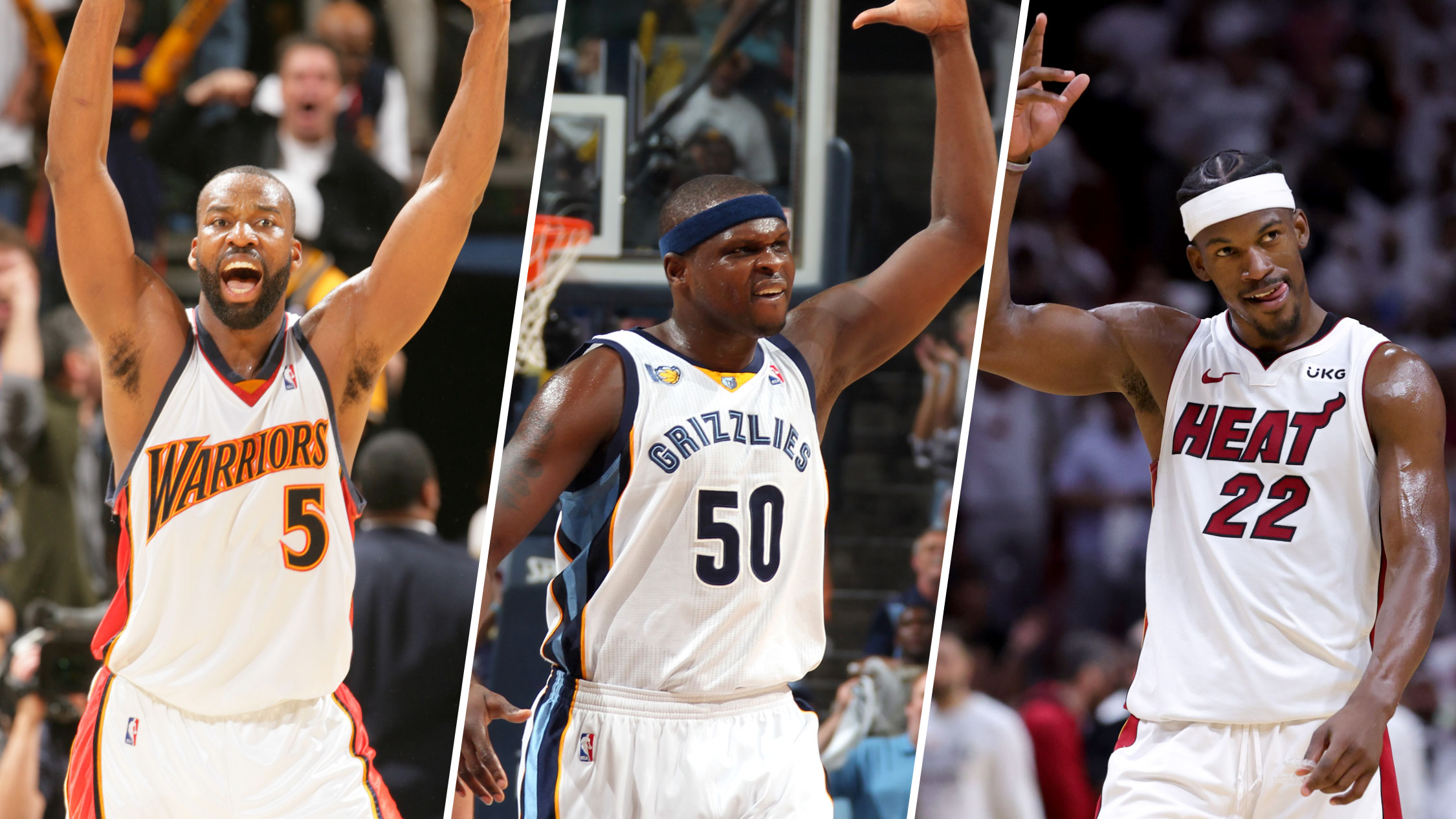Winds of change are swirling about Portland. Following a first-round defeat at the hands of the shorthanded Denver Nuggets, the Trail Blazers parted ways with head coach Terry Stotts after nearly a decade. The disappointing result on the heels of an active 2020 offseason has invited speculative questions about the future of players up and down the roster, including star point guard Damian Lillard, who certainly has the leverage to force his way out of town via trade if he so chooses.
But Bulls fans, do yourselves a favor: Don’t get your hopes up.
Wishful thinking about a possible fit between Lillard and the Bulls is understandable. The Bulls are in the market for a point guard this offseason, and Lillard, who turns 31 in July and has endured first-round exits in four of the last five years, is among the very best of his generation. Plus, if Artūras Karnišovas, Marc Eversley and the rest of the Bulls’ new-look front office has proven anything in their short tenure, it’s that they won’t shy away from bold moves in pursuit of winning now.
Stay in the game with the latest updates on your beloved Chicago sports teams! Sign up here for our All Access Daily newsletter.
In the specifics, though, multiple snags emerge. For one, Lillard, who is under contract for the next four seasons, would need to want out of Portland to make any trade pursuit feasible. As of now, the superstar known for his unwavering loyalty has telegraphed no such intentions; in fact, he figures to have sizable input into the Trail Blazers’ coaching search, according both to general manager Neil Olshey and, in some ways, Lillard himself, in light of him publicly stating Jason Kidd (who has since withdrawn his name from consideration) and Chauncey Billups as preferred candidates.
Things can change quickly in the NBA. But there is not yet substantive reason to believe Lillard will be on the move at all before the start of next season, much less to Chicago, who still have much to prove before attracting a player of Lillard's caliber. If a trade request were to eventually occur, and if said request came with a list of desired destinations, one would think Lillard would be looking to join a contender.
Even ignoring all of the above, constructing a trade for Lillard is difficult from the Bulls’ perspective. His supermax extension kicks in next season with a starting salary of $39.3 million, meaning the Bulls would need to send out about $32.8 million to acquire him (assuming the deal happens after the league calendar flips and the Bulls are above the salary cap line).
Cobbling that together among players on the current roster without parting with Zach LaVine or Nikola Vučević would be tricky, though if Thad Young and Tomáš Satoranský’s 2021-22 salaries are fully guaranteed, it would be a bit easier. A four-for-one package constructed around Patrick Williams, Coby White, Al-Farouq Aminu and Young or Satoranský, for example, would work financially. The Bulls may also make additions through trades, free agency or re-signings that could eventually be included if the trade is made next season.
But then, does that deal — or any collection of players the Bulls may put on the table — work from a value perspective? Heaps of draft capital would have to be involved, especially for a Trail Blazers team in need in that department. But by way of the Vučević trade, the Bulls are restricted in their ability to trade future first-round draft picks. Those restrictions are incredibly complicated — thank the Stepien Rule, which disallows teams trading consecutive future first-rounders — but boil down to the following for trades made this offseason and in the upcoming season (with a hat tip to Ryan Borja, who has a good explainer here):
- If the Bulls retain their 2021 first-round pick, they can trade it, but only after the draft, and they would not be able to trade their first-round picks from 2022-2026. The first future first-rounder they could trade in that scenario would fall in 2027, though they could offer pick swaps in 2026 and 2028.
- If the Bulls do not retain their 2021 first-round pick, they (obviously) won’t be able to trade it. The first future first-rounder they could trade in that scenario would fall in 2026, and they could offer pick swaps in 2022, 2025 and 2027.
Much of the above is contingent on how the pick protections break out in 2021 and 2023. But the point is: Teams that own all their future first-round picks would have an easier time constructing a palatable assortment of draft capital to include in a package for Lillard. And that’s before discussing whether the Trail Blazers would be interested in sparking a rebuild with the players the Bulls have to offer.
NBA
The bright side is multiple big-market teams have recently emptied the draft-asset chest in superstar pursuits of their own, including the Lakers, Clippers, Nets and (on a smaller-market scale) Bucks. The Heat also have multiple future first-rounders compromised by trade or swap, further denting the high-profile competition the Bulls would potentially face on the trade market.
Still, while a good rule of thumb for NBA transactions is to never say never, Lillard donning Bulls threads next season is unlikely, to say the least.
Unless, that is, you’re a Photoshop whiz.
Click here to subscribe to the Bulls Talk Podcast for free.


